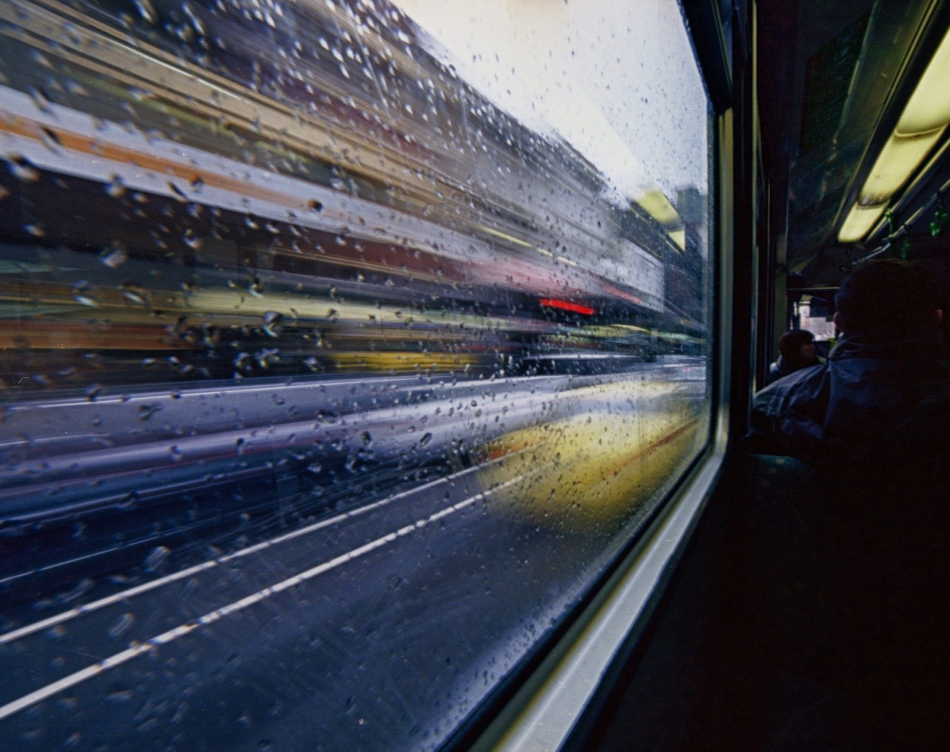Vas zanima študij pri nas?
Izpolnite spodnji obrazec za prijavo v program. V roku enega dneva vam bomo posredovali vse potrebne informacije o vpisu.
Photography

This thesis describes part of the history of the development of photography; it describes the key parts of a camera that a photographer needs to know in order to portray movement in photographs. It explains how motion is expressed in photographs and the impact it can have on the viewer.
Techniques are described and applied, showing ways of representing movement in photography and how best to achieve the desired results. Depicting movement in photography was not as easy in the past as it is these days.
Digital cameras have simplified the whole photographic process with many settings and suggestions that the photographer can adjust during the actual shooting.
Photography requires an artistic approach, a touch of imagination, the ability to see the beauty in the everyday moment and to transform that beauty into a work of art.
The photographer as an artist can use perspective, light, composition, focus and shading to create his own artistic world out of an ordinary, real moment, thus creating the desired impression on the viewer.
In the first part of my thesis I have briefly described the history of photography in order to better emphasise the importance, impact and help of the development of technology in the production of photographs today compared to the past.
I have focused on the meanings of photographing a subject in motion, I have described the advantages of a digital camera including the camera components that are crucial in photographing subjects in motion.
I focused on the role of each of the camera components, how they are used and the ways in which they can be used to create the photographic product we have imagined.
In the second part, I focused on what we understand as movement in photography. I described the most commonly used techniques for photographing subjects in motion, describing both how to perform each technique and what settings and tools to use for each technique.
For each technique, I imagined a photograph where I could depict more than just movement. Through the research of the five techniques, I have shown how to express emotions and at the same time evoke emotions in the viewer based on the illusion of movement in the photograph.
We can manipulate the perspective of the viewer in the photograph and direct the viewer’s gaze by blurring or sharpening particular parts of the photograph.